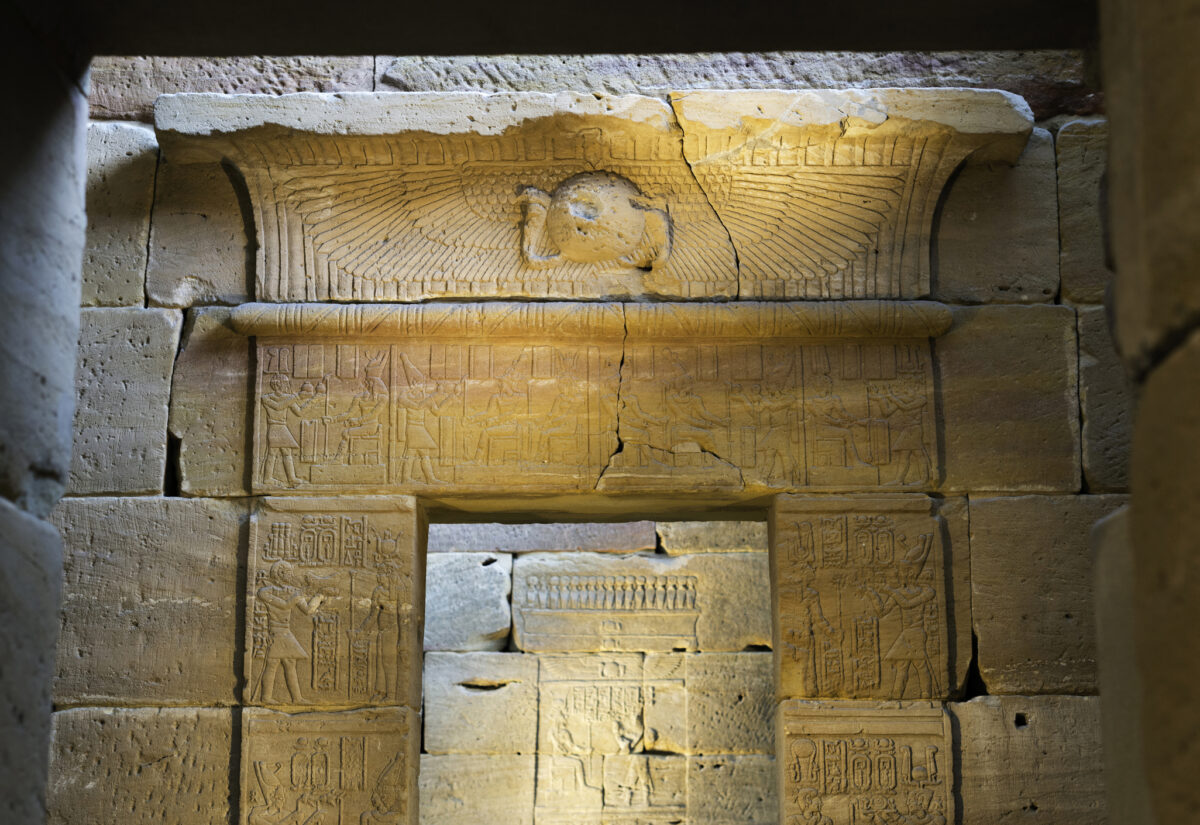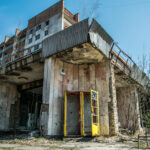 Getty Images/iStockphoto
Getty Images/iStockphotoWhen we think of historical sites, we often picture them as fixed in place—immovable monuments to the past, tied permanently to the land they were built on. But history doesn’t always work that way. Throughout the centuries, a surprising number of important structures have been carefully dismantled and relocated—sometimes brick by brick, sometimes block by block—often in an effort to protect them from natural disasters, urban development, war, or environmental threats. These feats of preservation engineering have saved countless heritage landmarks that would otherwise have been lost forever. In some cases, entire monuments have crossed continents; in others, their journeys have been less dramatic, but no less significant. Here are some extraordinary historical sites that were moved to entirely new locations.
Abu Simbel Temples – Egypt
Perhaps the most iconic relocation in history, the twin temples of Abu Simbel in southern Egypt were moved in the 1960s to prevent them from being submerged by the rising waters created by the construction of the Aswan High Dam. Built by Pharaoh Ramesses II in the 13th century BCE, the temples were hewn into the sandstone cliffs and designed with incredible astronomical precision: twice a year, the sun would shine into the inner sanctuary and illuminate the statues within.
To preserve both the temples and this solar alignment, the entire complex was meticulously cut into over a thousand massive blocks—some weighing up to 30 tonnes—and reassembled on an artificial hill more than 60 metres above and 200 metres back from their original site. This herculean task, completed between 1964 and 1968, was led by UNESCO and involved engineers, architects, archaeologists, and workers from all over the world. It set a new benchmark for cultural conservation, and remains one of the most ambitious heritage relocations ever attempted.
Temple of Dendur – New York, USA
Another temple threatened by the Nile’s expansion was the Temple of Dendur, a Roman-era Egyptian structure built around 15 BCE during the reign of Augustus Caesar. When the rising waters of Lake Nasser endangered hundreds of archaeological treasures, Egypt appealed for international support—and in gratitude for American help, gifted the Temple of Dendur to the United States.
It was dismantled and shipped across the Atlantic, where it found a new home in the Metropolitan Museum of Art in New York City. Since 1978, the temple has stood in the museum’s Sackler Wing, where a specially designed glass wall and reflecting pool aim to recreate the ambience of its original riverside setting. It may be far from the banks of the Nile, but the temple remains one of the few places outside Egypt where you can walk through an authentic ancient temple.
London Bridge – Lake Havasu City, Arizona
One of the most unexpected relocations involved the 19th-century London Bridge. In the 1960s, the bridge—originally constructed in 1831 to span the River Thames—was no longer suitable for modern traffic and was slated for demolition. Rather than seeing it destroyed, American entrepreneur Robert P. McCulloch bought the bridge and had it carefully dismantled.
Each of its 10,000 granite blocks was numbered, shipped to California via the Panama Canal, and then trucked to Lake Havasu City, a desert town in Arizona that McCulloch was developing as a tourist destination. Reassembled over a concrete structure and opened in 1971, the bridge now spans a man-made canal and draws visitors from around the world. Though the idea was seen by some as eccentric, it succeeded in preserving a slice of British engineering history in an entirely new environment.
The Berlin Synagogue Facade – Jerusalem, Israel
In the 1950s, the Lindenstraße Synagogue in Berlin, badly damaged during Kristallnacht and WWII, was demolished. However, its beautiful stone façade was carefully salvaged and stored for decades. Eventually, these remnants were transported to Jerusalem and incorporated into the Hechal Shlomo Synagogue, symbolically linking Jewish communities of the past and present.
The relocation was more than architectural—it was deeply symbolic. By integrating the stones into a place of worship in Israel, this act honoured the memory of a destroyed community while giving the structure a renewed spiritual role. It turned rubble into restoration, and a tragic past into a living future.
The Neues Museum Statues – Berlin, Germany
Though the Neues Museum in Berlin remained in its original location, many of its artefacts were temporarily relocated during WWII to save them from destruction. Items like the world-famous bust of Nefertiti were hidden in bunkers and castles around Germany. Others were seized by Soviet forces and taken to Russia.
After decades in exile, many of these items were returned to Berlin following the reunification of Germany. Today, they are once again on display in the fully restored Neues Museum on Museum Island, having survived one of the most turbulent periods in modern history. The story of their temporary displacement and eventual return adds a poignant layer to their historical significance.
St. Bernard de Clairvaux Church – Florida, USA
One of the oldest buildings in the Western Hemisphere actually began life in 12th-century Spain. The Monastery of St. Bernard de Clairvaux was dismantled and purchased by American newspaper magnate William Randolph Hearst in the 1930s. However, due to a combination of customs issues and financial setbacks, the stones remained in storage in New York for decades.
Eventually, the crates were purchased by a Miami-based entrepreneur, who reassembled the structure in North Miami Beach. Completed in the 1950s, the church is now used as both a tourist attraction and an active religious site. Its story is a transatlantic odyssey—a medieval European monastery now peacefully situated in the heart of Florida.
The Eileen Donan Cottage – Loch Duich, Scotland
While not a temple or major monument, the 1930s restoration of Eileen Donan Castle in the Scottish Highlands involved relocating an entire cottage to accommodate the rebuilding process. The cottage was originally located nearby, but its relocation allowed the grounds around the castle to be restructured and preserved with greater historical accuracy.
Though this relocation was modest in scale, it demonstrates that not all site movements involve world-famous buildings. Smaller moves like this one are often just as important for preserving the integrity and presentation of historic sites.
The Tabo Monastery Wall Paintings – Himachal Pradesh, India
In India, parts of the Tabo Monastery’s ancient mural-covered walls have been carefully removed and stored during conservation work. The monastery, dating back to 996 CE, is prone to earthquakes and erosion. In the face of this threat, conservationists chose to preserve sections of the painted walls in controlled environments to prevent their total loss.
Though technically not “moved” in the traditional sense, the partial relocation of these delicate cultural treasures highlights the broader challenge of protecting history in fragile environments. Plans to eventually return them once conditions stabilise remain in place, demonstrating a careful balance between conservation and authenticity.



